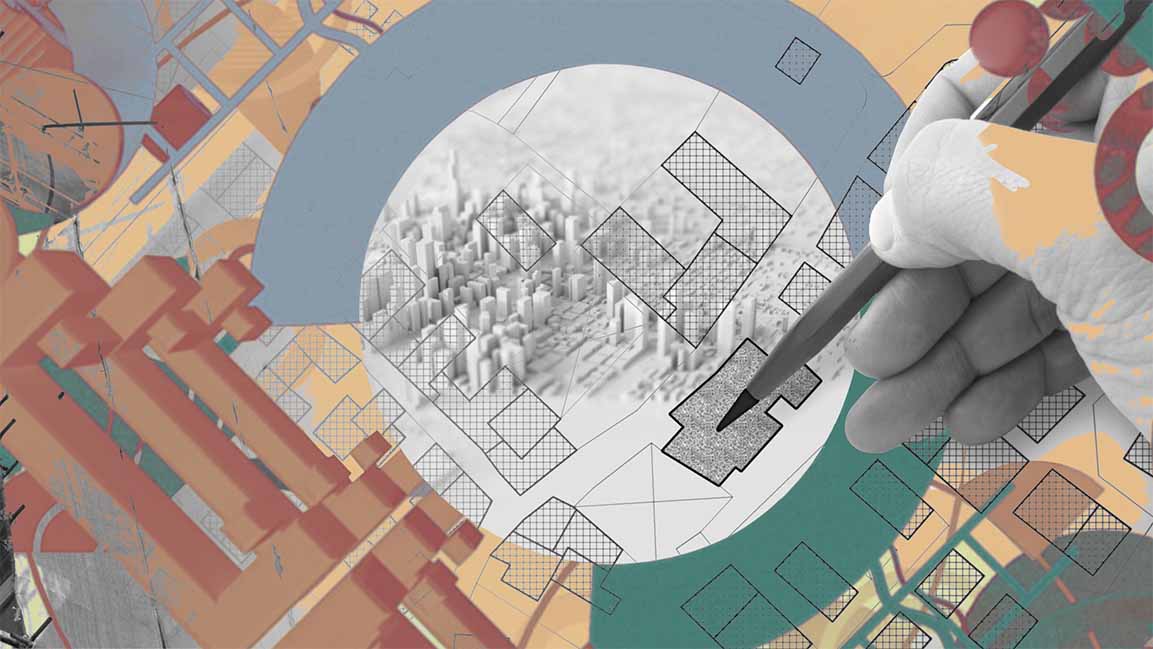- | 9:00 am
Want to fix the environment? Let’s decarbonize the buildings in the Middle East
Buildings are responsible for 40% of all global energy use and emissions. And experts say we must decarbonize them

Transformation agendas have unleashed trillion-dollar infrastructure and real estate projects – all colossal – across the Middle East. Some have sustainability at their core in the race to reach net zero carbon by 2050.
Let’s face it we can’t just spin our way through the climate emergency. While we must consider where our materials come from and how they’re made — cloud, big data, Building Information Modeling, and 3D printing are already making an impact — more attention needs to be paid to the carbon emitted from the built environment that remains occupied. When it comes to carbon emissions, our homes, offices, schools, hospitals, and shops are major polluters.
Since buildings account for 40% of all global energy use and emissions, a proportion that is only going to grow, decarbonizing the built environment is the need of the hour. But how?
ENERGY EFFICIENCY
“In existing buildings, there is already a lot of embodied carbon in constructing their structure and envelope. The ongoing energy use can be reduced though, often by around 50%, and more should be possible in the future,” says Andrew Shaw, managing partner at AMA, chair of RIBA Gulf Chapter.
“Limit the energy needed to run the building,” adds Shaw. Improved user behavior, adding smart systems that are only activated when necessary, replacing outdated AC and lighting equipment with newer, more energy-efficient ones, and improving the building envelope can help achieve this.
Creating clean energy on-site to power the structure – for example, adding solar panels to the roof and leaving parking lots open – is an option. “This might be sufficient to operate low- and mid-rise buildings with more straightforward energy-saving techniques.”
In some circumstances, getting sustainable energy from an enlarged grid might be the most economical and effective option. “Carbon knows no borders, and it does not matter which site it comes from – as long as its output is minimized in the most effective use of resources, the big-picture approach should be considered.”
RETROFITTING GREAT POTENTIAL
As more governments in the Middle East emphasize the importance of renovating old structures as a crucial component of their waste management and energy efficiency programs, the retrofitting market is enjoying a rapid rise in demand.
For instance, the seven-year retrofit project of Dubai International Airport is expected to reduce yearly electricity expenditures by 23%, saving the airport $57 million in operational costs every year.
“One solution to decarbonizing already built urban buildings is to retrofit with existing energy-efficient technologies and materials. The building can be made more energy efficient by replacing windows, adding insulation, installing efficient HVAC systems, and ensuring proper air and heat circulation. LED bulbs should also be used in urban buildings to increase energy efficiency,” says Brandie Janow, founder and creative director at Smuug.
However, LEED certification for retrofitting projects can be expensive, so many buildings are demolished and rebuilt. “Despite the lack of LEED certification,” Janow adds, “the move towards green and sustainable construction is increasing rapidly.”
While retrofitting will play a significant role overall – from the cloud and IoT-enabled devices to compact systems and prefabricated elements – experts say the optimal way to reduce carbon emissions and maximize investment returns will depend on the specific circumstances of each home. A large group of experts can decide whether retrofitting lightly or heavily is preferable, or even whether waiting and re-building with a net zero building in the medium term, when it is more practical, is the best option.
As of now, there is no incentive for manufacturers to make their components last longer. And despite the lack of regulation, there is a growing consensus in the industry that more has to be done.
REGULATING ENERGY USAGE THROUGH DIGITAL TWINS
Meanwhile, with the advent of graphic cards for calculations and the integration of AI in tools, software technologies for the construction sector have also progressed quite quickly in recent years. This opens up new opportunities and enables thorough and accurate examination of numerous potential building design and operation situations.
“Digital twins allow designers and managers to test multiple scenarios quickly that are very complex and inter-related, and select the most efficient results in terms of energy performance and hence carbon emissions. They offer many benefits beyond energy usage as well, for all types of performance designers and clients would like from their buildings and its ultimate effectiveness for users,” explains Shaw.
Digital twins can regulate and rectify buildings’ energy consumption by providing a virtual model of their entire energy system. “When it comes to energy efficiency, this data can help make better decisions,” says Janow.
Engineers can quickly identify inefficiencies in a building by overlaying actual energy consumption data with the virtual model. In addition, digital twins can automate and control energy systems to ensure optimal performance, reduce energy waste, and account for factors such as weather conditions and occupancy, adds Janow.
According to experts, roughly 70% of today’s buildings will exist in 2050. And if we’re going to hit net zero by 2050, estimates are that we need to hit a retrofit rate between 4% and 6%. That adds up to millions of retrofits each year.
As the climate crisis worsens, experts say it becomes imperative to have an ecosystem where policymakers and the private sector create a greener, more resilient built environment, shrinking energy use and replacing old equipment.








































